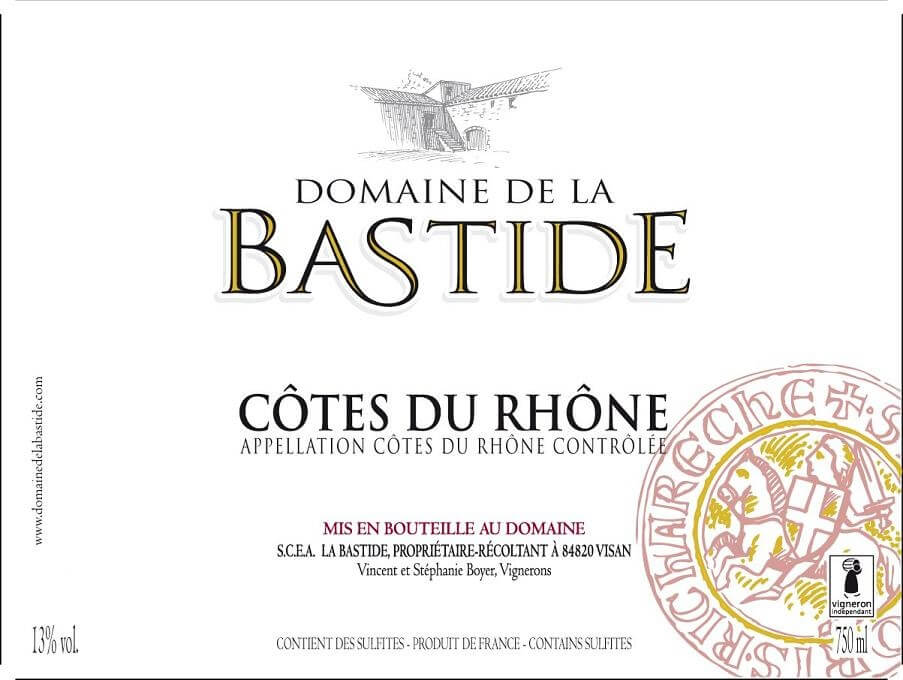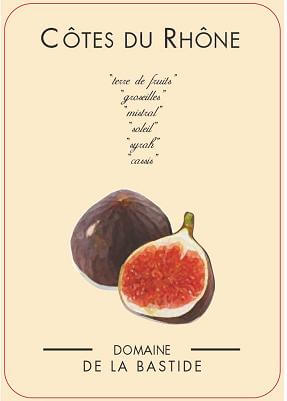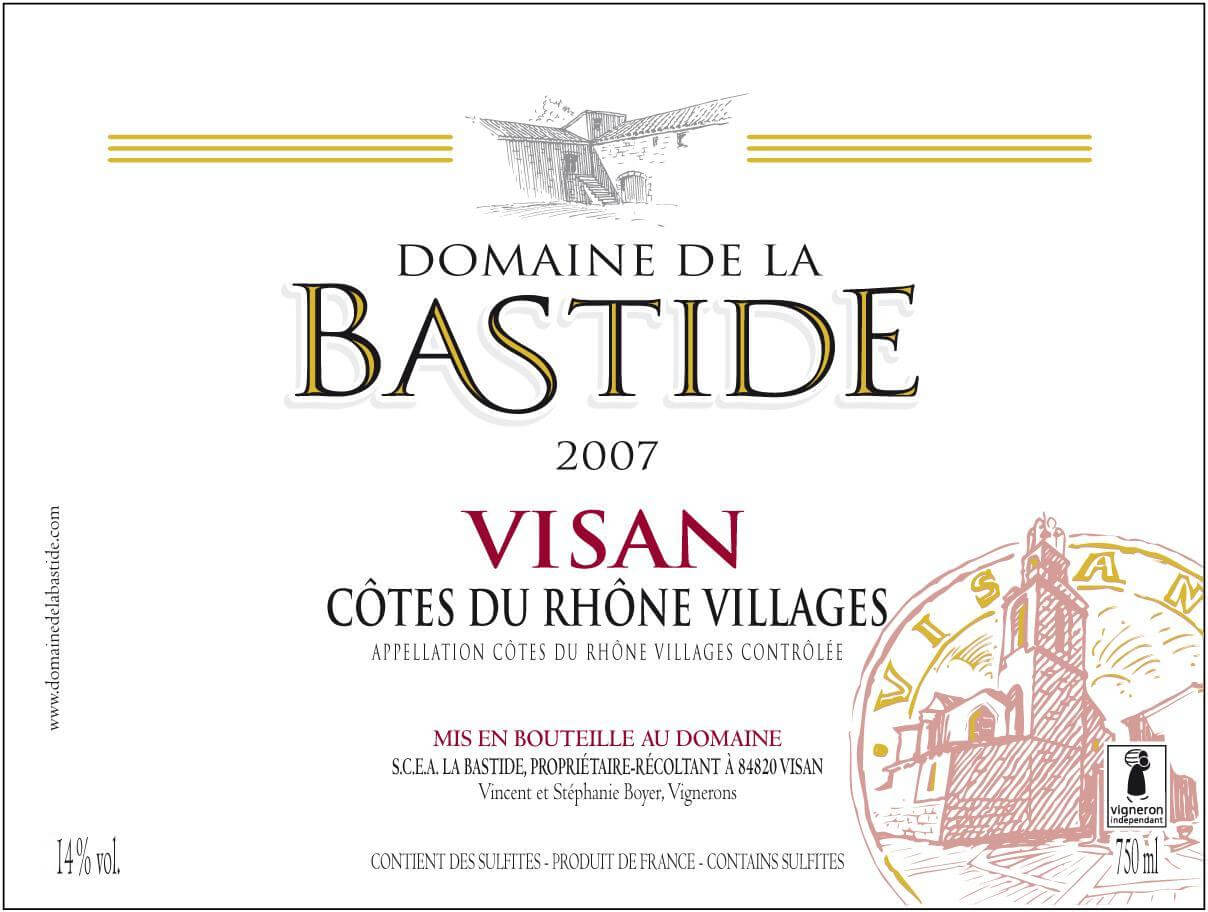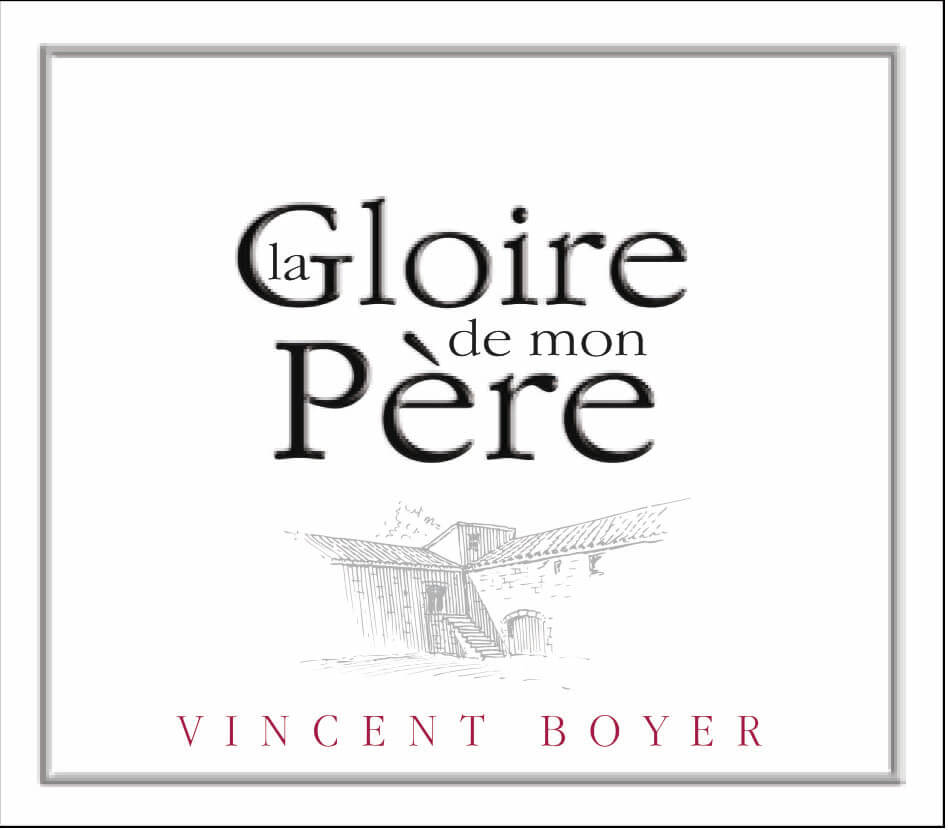Domaine de la Bastide

Domaine de la Bastide; A Taste of History
Few vigneron can boast of a closer connection to the deep history of their culture than Vincent Boyer. In his home, which is one of the original structures of an 800-year-old Templar farm, one can see the vestiges of an ancient Roman wine vat along the lower third of a wall. And Vincent has a collection of ancient coins and artifacts which he has found in the vines over the years that could easily be at home at the Met. But the Boyer home is no stuffy museum; his children’s toys and games are lined up in front of the ruins of the wine vat, and Vincent is happy to let you handle his coin collection (he even lost a few pieces letting his kids bring them into school for show and tell!). If you ask nicely, Vincent may sit down at the piano to play and sing an old French pop tune for you, maybe with his youngest perched on his lap. The Domaine de la Bastide seems to be Visan’s neighborhood party house
The domain was started in 1988 when Vincent’s father Bernard, an agricultural engineer, achieved his life-long dream of purchasing his own estate. Where the winery stands today, in the shadow of the impressive Chateau de Suze-la-Rousse, was a farm owned by Vincent’s mother’s family. In fact his grandfather was the official farmer for the chateau, linking the Boyers even more closely with the history of their land. The 100 ha of vines that comprise the domain are planted primarily in Visan and Suze-la-Rousse, the oldest of which are 80 year old carignan which provide fruit for the “Figue” rouge.
In the cellar, Vincent’s methods are a combination of modern precision and old-school rusticity. The wines are made in concrete and stainless steel to preserve freshness and purity of fruit, and he destems 100% in order to keep the tannins soft and easy. He also runs his bottling line off the still functioning engine of an extremely old tractor that is parked out back. This balance between the new and the old permeates everything at Domaine de la Bastide. Vincent and his wife Stephanie, who is also a trained wine maker, continue renovating their ancient home while maintaining details such as the narrow windows that Templar knights used to shoot arrows through at invaders. And the human relationship to the wine is important to Vincent. “I have to touch every tank before I leave the cellar at the end of the day,” he tells me. “And sometimes I even sing a little to the vines.”
The Wines

Côtes du Rhône Rouge

Côtes du Rhône ‘Figue’ Rouge

Côtes du Rhône ‘Figue’ Blanc

Côtes du Rhône ‘Figue’ Rosé

Côtes du Rhône Villages Visan

Côtes du Rhône Villages Visan 'Gloire de mon Père'




